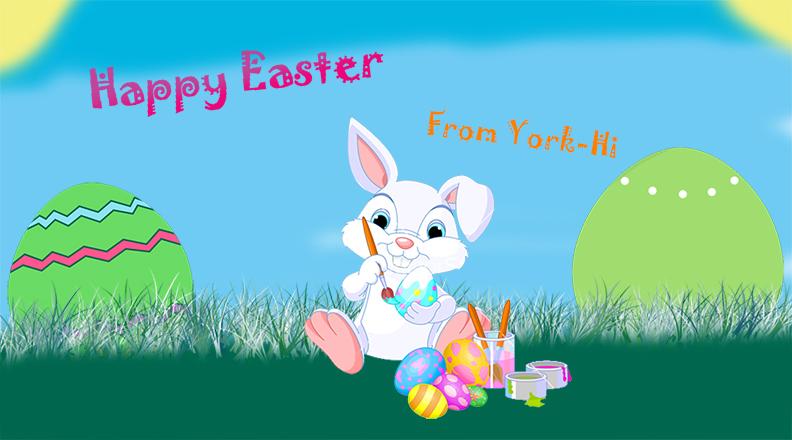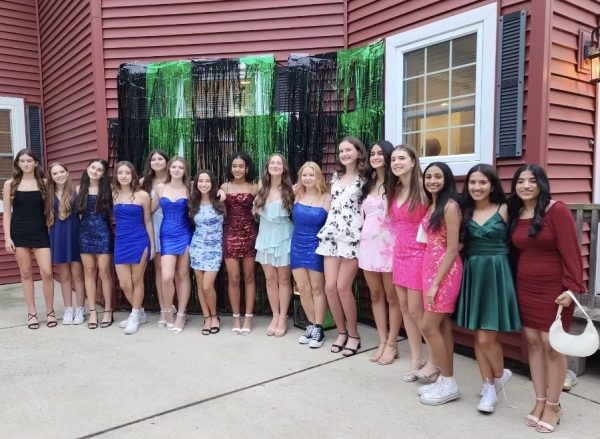Happy Easter
Happy Easter from York-Hi!
On Sunday, March 27th millions across the globe will celebrate one of the most popular holidays on the calendar: Easter. For those of the Christian faith, Easter represents the culmination of the religious season of Lent and the resurrection of Jesus. However, thanks to the Easter Bunny, colorful eggs, and mouth watering candy, Easter has also become a popular secular holiday.
The first recorded celebration of Easter is said to have occurred in the 2nd century. However, historians also believe that early Christians adopted Easter from a pagan holiday celebrating Eostre, the Anglo Saxon goddess of spring and fertility. Legend has it that the goddess consorted with a hare, said to be the the original inspiration for the Easter bunny.
However, bunnies are also an ancient symbol of life and fertility. The connection between rabbits and Easter arose in protestant Europe during the 17th century and the tradition was brought to America, a century later, by German immigrants. While we might associate bunnies with Easter, Switzerland associates Easter with a cuckoo that delivers the eggs. In different parts of Germany, children eagerly await the Easter fox, rooster, or stork.
Decorating eggs is one of the oldest, most lavish Easter customs that began in late 19th century Russia when royalty and other members of society gave each other bejeweled eggs made by Peter Carl Faberge. The first egg was commissioned by Czar Alexander III for his wife.
For most Americans, though, Easter is about candy. In the United States candy producers make over 90 million chocolate bunnies and over 16 billion jelly beans. Jelly beans were invented in the 17th century but only became popular for Easter when someone noticed their resemblance to miniature Easter eggs.
York celebrates Easter by…

Laura Swain, senior at York, is a Co-Editor in Chief for York-hi. She has been a dancer for 10 years and teaches ballet at the Elmhurst Park District....








